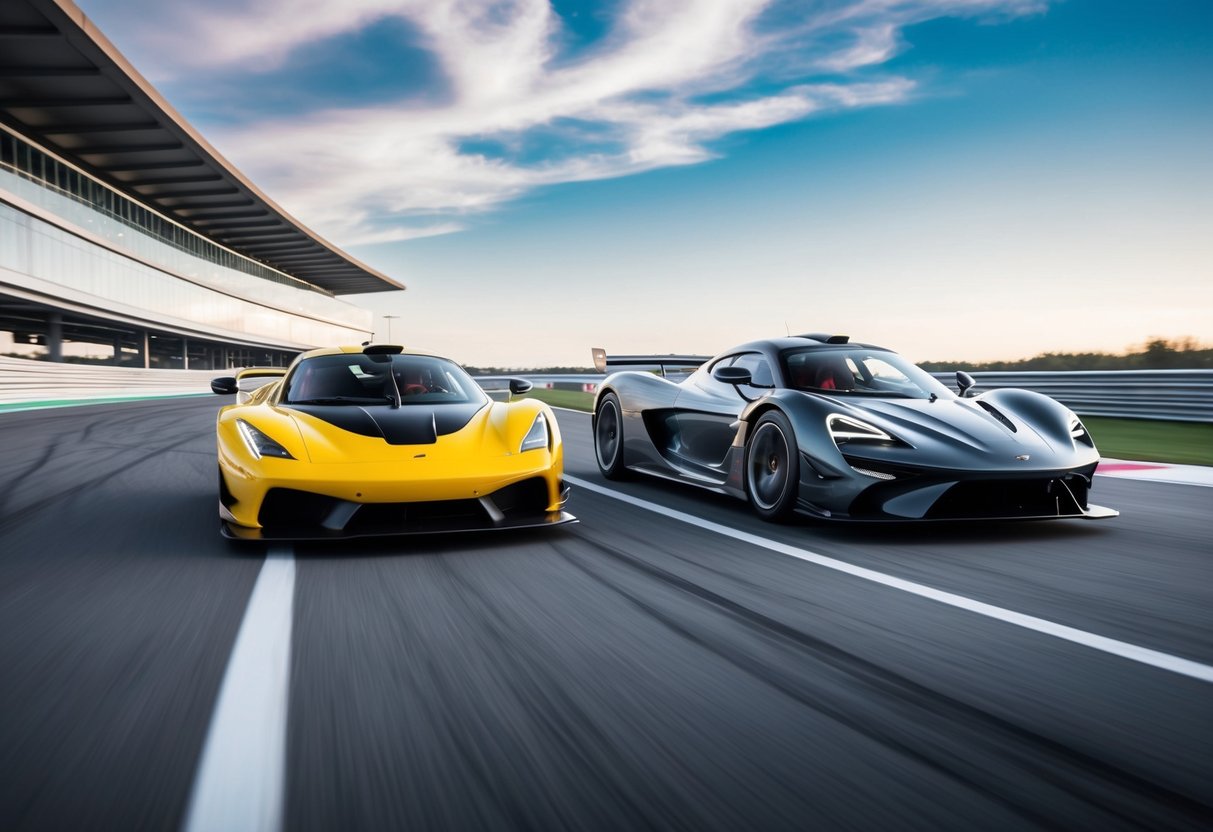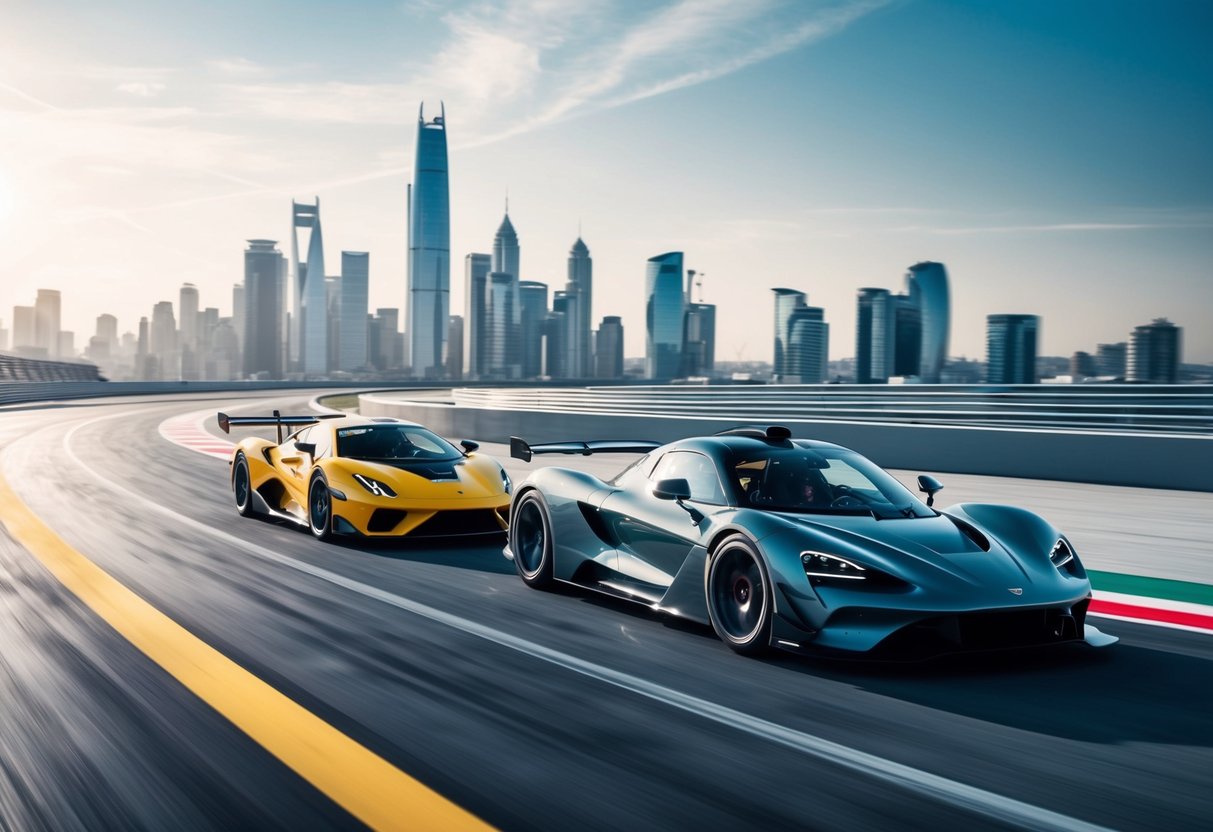
Exclusive Design Aesthetics

In the automotive realm, hypercars and supercars distinguish themselves through design aesthetic elements like artistry, engineering, and material innovation. These aspects contribute significantly to their unique appearances and functionalities.
Artistry Meets Engineering
Hypercars and supercars effectively blend artistry with engineering. The design of these vehicles is not purely aesthetic but also functional, emphasizing optimal aerodynamics. Sculpted curves and sharp lines enhance airflow, reducing drag while increasing speed and performance. This is evident in brands like Ferrari and McLaren, where every contour is calculated to improve acceleration and stability. Aesthetic appeal is carefully balanced with technical requirements, ensuring these vehicles captivate both visually and technologically.
Active aerodynamics plays a crucial role here, enabling dynamic shape adjustments of the car’s components. This enhances downforce at high speeds while maintaining elegant proportions, ensuring that the vehicle remains stable without compromising its sleek appearance. This synergy between art and science elevates hypercars and supercars to a status of impeccable craftsmanship.
Material Innovation
Carbon fiber is pivotal in the construction of hypercars and supercars, providing strength without the typical weight penalty associated with metals. This material’s revolutionary properties allow for the creation of complex shapes that help in crafting unique and stunning designs. Manufacturers like Bugatti and Lamborghini leverage this innovation, transforming aesthetic visions into reality.
Material advancements extend beyond carbon fiber. The use of lightweight alloys and advanced composites contributes to the cars’ agility and responsiveness. These materials elevate both performance and prestige, allowing vehicles to achieve high speeds effortlessly. The marriage of aesthetically pleasing design with material technology sets hypercars and supercars apart, symbolizing the cutting-edge of automotive progression.
Cutting-Edge Automotive Technologies
In the realm of high-performance vehicles, the latest developments in automotive technology are pivotal. Hybrid and electric powertrains are transforming vehicle efficiency and sustainability, while active systems and aerodynamics are enhancing control and precision.
Hybrid and Electric Powertrains
The hybrid powertrain is a crucial innovation, seamlessly combining combustion engines with electric motors. This technology allows for increased efficiency, providing the power and speed enthusiasts cherish while maintaining a focus on sustainability. Through energy recovery systems, these vehicles can harness and utilize wasted energy, reducing fuel consumption and emissions.
Electric vehicles (EVs) push the boundary further, offering zero-emission driving experiences. With advancements in battery technology, EVs are achieving faster charging times and extended ranges, making them more appealing to consumers. Automakers are investing heavily in electric platforms, underscoring a commitment to reducing environmental impact without compromising performance.
Active Systems and Aerodynamics
Active systems in high-performance cars represent a leap in automotive technology. These systems dynamically adjust vehicle settings in real time, enhancing stability and control. Features like active suspension, adaptive cruise control, and torque vectoring allow supercars and hypercars to deliver unmatched handling, whether on a straight track or winding roads.
Aerodynamics play a critical role in maximizing vehicle performance. Innovations include active aerodynamics, where components like splitters, wings, and diffusers adjust based on driving conditions. This technology enhances downforce and reduces drag, leading to improved speed and efficiency. Automotive designers strive to create a balance between form and function, ensuring peak performance without sacrificing style.



